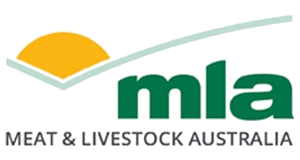Fail safe guides to grazing pregnant and lambing ewes on cereals
| Project start date: | 01 January 2014 |
| Project end date: | 26 May 2015 |
| Publication date: | 14 October 2015 |
| Project status: | Completed |
| Livestock species: | Sheep, Lamb |
| Relevant regions: | National |
|
Download Report
(1.6 MB)
|
|
Summary
A combination of a literature review and surveys of producers and consultants was used to identify the benefits and risks of grazing young cereal crops with reproducing ewes. This revealed that young growing crops have excellent nutritive value with high digestibility and protein levels that could be grazed to fill a winter feed gap where availability coincides with increased feed requirements in pregnancy and early lactation. Maintenance or liveweight gain is possible at much lower food-on-offer levels than would be required for pastures. However, young growing crops contain an imbalance of potassium, sodium, magnesium and calcium that can cause metabolic disease (sodium deficiency, hypomagnesaemia or hypocalcaemia) and possible mortality in sheep. Risks of metabolic disturbance are higher for sheep grazing wheat than other young cereals. Preliminary evidence indicates risks are higher when grazing cereal crops in NSW, Vic and SA than in WA. Consultants and producers indicated there is uncertainty around the benefits of mineral supplements. Producers using recommended supplements have still reported metabolic disease and mortality. In some cases these supplements may even exacerbate the mineral imbalance problems in late pregnancy. There is a lack of knowledge on how to manage sheep in large cropping paddocks and on the shelter benefits from lambing in crops. Management of ewes grazing cereals in is largely by trial and error as there has been limited evaluation of different grazing strategies. The interviews and surveys indicate that a significant numbers of producers avoid grazing young cereals with ewes in late pregnancy because of the apparent health risks. The risks were much more strongly expressed by producers in NSW, Vic and SA than those in WA. Further work will investigate management strategies.
More information
| Project manager: | Richard Apps |
| Primary researcher: | Australian Wool Innovation |


